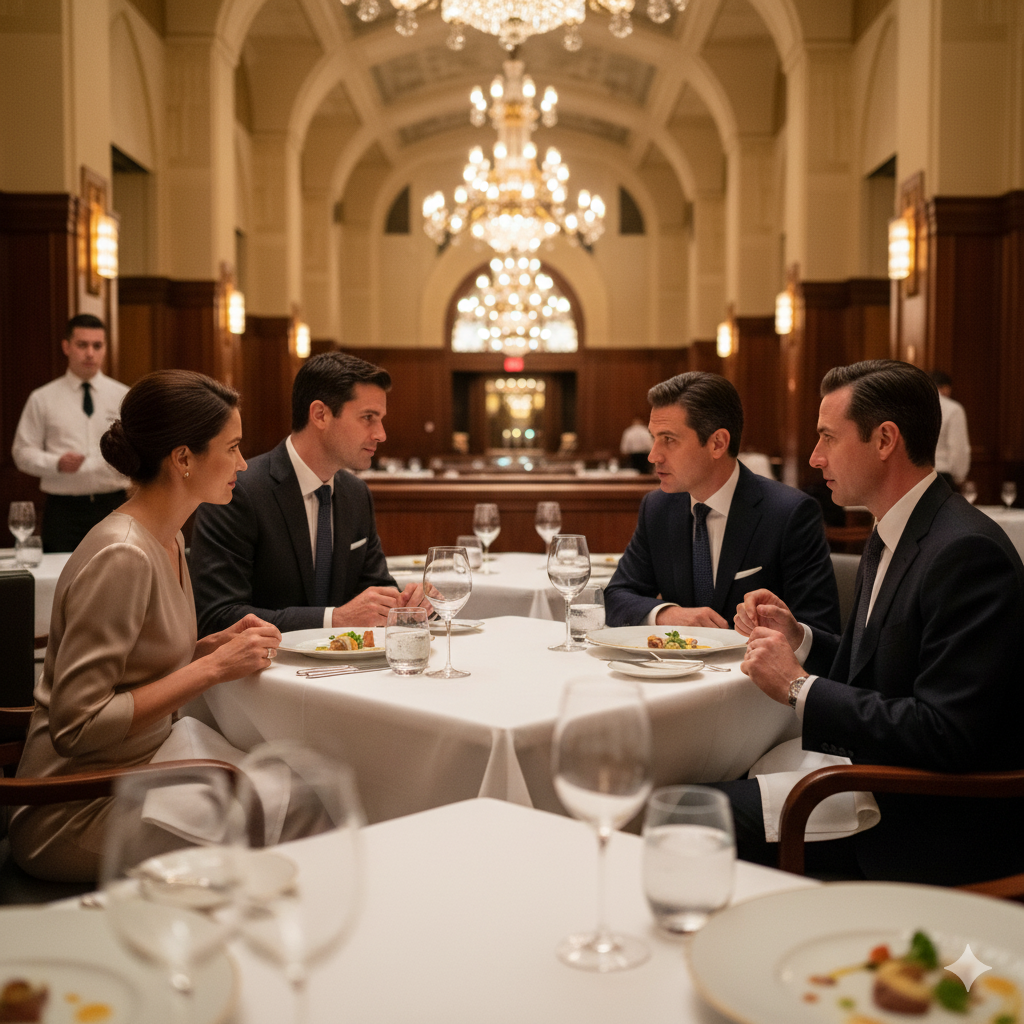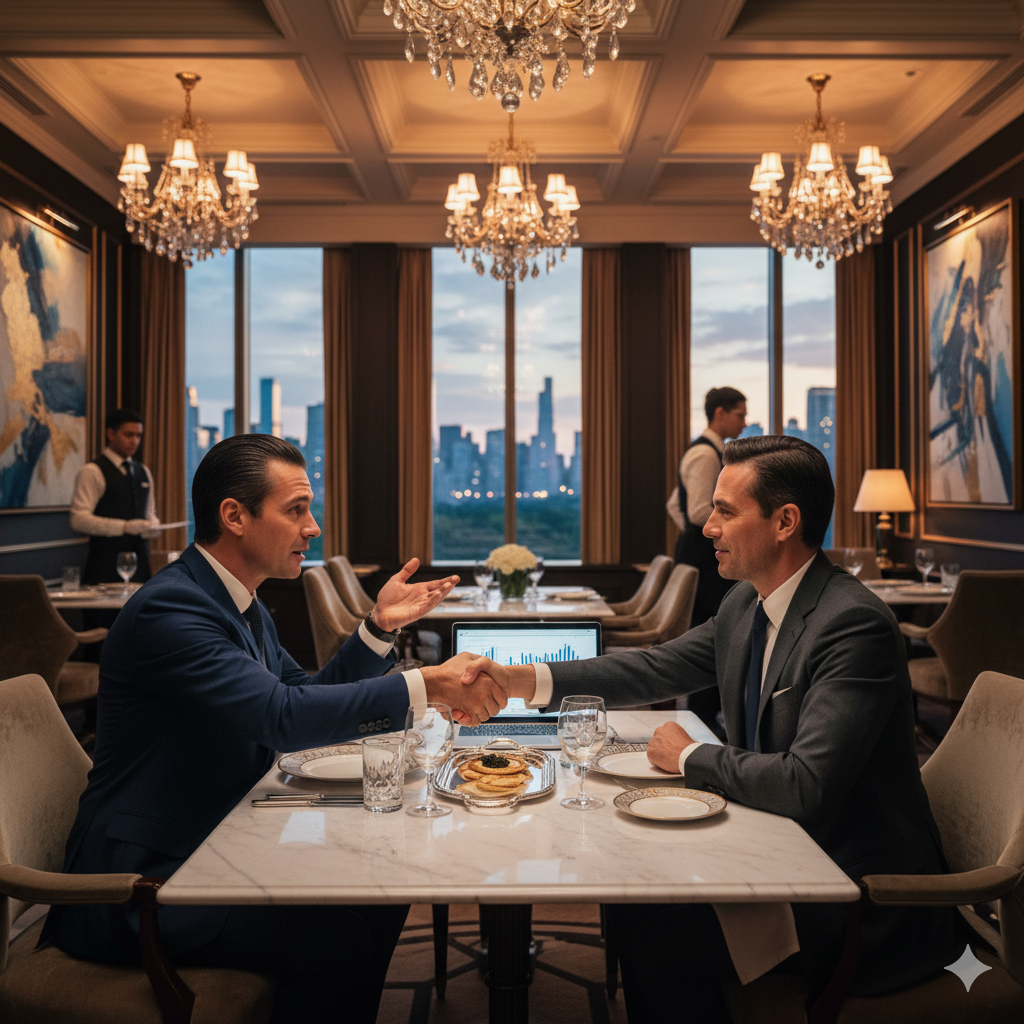The Silent Revolution in Media Ownership
This transformation follows a pattern Malcolm Gladwell would recognize: small changes accumulating until they reach a tipping point that reshapes entire industries. The luxury media landscape is experiencing precisely such a moment, though few industry observers have noticed the shift happening beneath their noses.
The numbers tell a compelling story. Private family offices worldwide have grown from 6,130 in 2019 to over 8,030 by 2024, with projections reaching 10,720 by 2030. More importantly, these organizations are increasingly investing directly in media assets rather than relying on traditional fund structures.
The Stealth Advantage
Family offices operate with advantages that make them formidable media acquirers. Unlike private equity firms constrained by fund timelines, or public companies answerable to quarterly earnings pressure, family offices can pursue decade-long strategies without external pressure.
This patience proves particularly valuable in media investments, where audience development and brand building require sustained commitment. Traditional investors often lack the stamina for media’s slow-burn economics, creating opportunities for family offices willing to play longer games.
Consider the strategic brilliance of this approach. Family offices like PTK Capital and Preon Capital Partners have been strategically targeting media and entertainment investments for years, recognizing that content creation and distribution represent both cultural influence and financial opportunity.
The Economics of Exclusivity
Luxury media operates according to different economic principles than mass market publishing. Where traditional media companies chase scale and advertising revenue, luxury publications monetize influence, access, and prestige—metrics that family offices understand intuitively.
The most successful luxury media investments focus on properties that serve ultra-high-net-worth audiences. These publications command premium advertising rates, attract affluent subscribers willing to pay substantial fees, and create networking opportunities that extend far beyond traditional publishing revenues.
Family offices recognize that owning luxury media provides access to the same social and business networks they seek to cultivate for other investments. A prestigious publication becomes both a profit center and a relationship-building tool, creating compound returns that traditional investors struggle to quantify.
The Guest List: Who’s Buying What
The most active family office media acquirers operate with characteristic discretion, but patterns emerge through careful observation. Switzerland-based Preon Capital Partners, managing wealth from technology entrepreneur Jari Ovaskainen, has been particularly aggressive in media and entertainment investments.
Los Angeles-based PTK Capital, representing media veteran Kevin Wall’s wealth, naturally gravitates toward content investments that align with Wall’s industry expertise. The firm’s focus on gender equality and diversity adds another dimension to their media investment thesis.
European family offices have shown particular interest in luxury lifestyle publications that serve their global client base. The concentration of media-focused family offices continues growing as wealthy families recognize content creation’s strategic value.
The Consolidation Pattern
What appears random actually follows predictable consolidation patterns. Family offices typically begin with minority investments in promising media properties, gradually increasing stakes as they develop conviction and relationships.
This patient approach contrasts sharply with private equity’s typical playbook of rapid transformation and quick exits. Family offices can afford to nurture media properties through multiple business cycles, allowing for more thoughtful editorial development and audience cultivation.
The result is higher-quality publications with more sustainable business models. Without pressure for immediate returns, family office-backed media companies can invest in talent, technology, and content quality that public companies often sacrifice for short-term profitability.
The Lifestyle Media Opportunity
Luxury lifestyle publications represent particularly attractive targets because they combine multiple revenue streams: advertising, subscriptions, events, and e-commerce. These diversified models provide resilience during economic volatility while offering multiple expansion opportunities.
Consider how publications like Social Life Magazine achieve substantial reach with targeted luxury demographics—45,000 circulation generating 270,000 total readership per issue. This audience concentration provides advertising efficiency that mass market publications cannot match.
Family offices understand that luxury media creates what economists call “network effects”—where value increases as more influential people engage with the publication. These dynamics make successful luxury media properties increasingly valuable over time rather than following traditional media’s declining trajectory.
The Technology Integration Advantage
Family offices bring technological sophistication that traditional media owners often lack. Many family office principals built their wealth through technology companies, bringing digital expertise to historically analog media businesses.
This technical knowledge proves invaluable as luxury media companies navigate digital transformation. Family offices can fund technology upgrades, data analytics platforms, and digital marketing capabilities that smaller publishers cannot afford independently.
The integration creates competitive advantages that compound over time. Publications with superior technology platforms can serve advertisers more effectively, engage audiences more deeply, and expand into new revenue streams more successfully than technology-poor competitors.
The Geographic Expansion Strategy
International family offices particularly value media properties that facilitate global expansion. A successful luxury publication in one market can serve as a template for similar ventures in other affluent regions worldwide.
This scalability appeals to family offices managing international wealth portfolios. Rather than viewing media investments as isolated opportunities, they recognize potential for creating global luxury media networks that serve their worldwide business interests.
The strategy proves especially effective in emerging luxury markets where local wealthy families seek publications that reflect their lifestyle aspirations. Family office-backed media companies can export successful formats while adapting content for local cultures and preferences.
The Influence Multiplier Effect
Beyond financial returns, luxury media ownership provides access to influence networks that money alone cannot purchase. Publishing executives become sought-after dinner guests, editorial boards gain informal advisory roles, and media properties create platforms for thought leadership.
Family offices understand that influence operates as a form of compound interest—growing exponentially rather than linearly. Media ownership accelerates this process by providing regular opportunities to engage with other influential figures through editorial coverage, events, and partnerships.
This influence dividend often proves more valuable than direct financial returns. The relationships and insights gained through media ownership inform other family office investments while creating new business opportunities across multiple sectors.
The Competitive Moat Strategy
Once family offices establish positions in luxury media markets, they benefit from natural barriers to entry that protect their investments. Starting new luxury publications requires substantial capital, experienced talent, and years of audience development—resources that favor established players.
The most successful family office media strategies focus on acquiring publications with existing audience loyalty and advertiser relationships. These established platforms provide immediate value while offering foundations for further development.
Competition becomes increasingly difficult as family office-backed publications use their patient capital to outspend rivals on talent, technology, and marketing. Traditional media companies constrained by quarterly pressures cannot match this sustained investment approach.
The Future of Luxury Media Ownership
Current trends suggest accelerating family office involvement in luxury media markets. Family office direct investment activity continues expanding as these organizations gain confidence in their ability to add value beyond capital provision.
The most sophisticated family offices are developing specialized media investment teams with industry expertise and deal-sourcing capabilities. This professionalization enables more strategic acquisitions and more effective post-investment value creation.
For luxury media entrepreneurs, family offices represent ideal partners—providing patient capital, industry expertise, and global networks that traditional investors cannot match. The alignment of interests creates win-win scenarios that benefit all stakeholders.
The Network Premium
The ultimate value proposition extends beyond traditional investment returns. Family office media ownership creates exclusive networks that span industries, continents, and generations. These relationships become family legacy assets that provide benefits for decades.
Consider how media ownership enables family offices to host exclusive events, facilitate business introductions, and create content that serves their broader portfolio companies. The media property becomes a hub for relationship building that generates opportunities across multiple ventures.
This network premium explains why family offices willingly pay premiums for luxury media assets that traditional investors might consider overvalued. They recognize that the total return on investment includes benefits that financial statements cannot capture.
As traditional media struggles with disruption and economic pressure, family offices are quietly building the infrastructure for luxury media’s future. Their patient capital, global networks, and long-term perspective provide exactly what quality media properties need to thrive in an increasingly challenging landscape.
Related Stories:
- The New Generation of Media Philanthropists Reshaping Publishing
- How Media Entrepreneurs Build Global Influence Networks
Looking to connect with family office decision-makers? Contact Social Life Magazine to explore editorial partnerships and advertising opportunities that reach the world’s most influential wealth managers.





